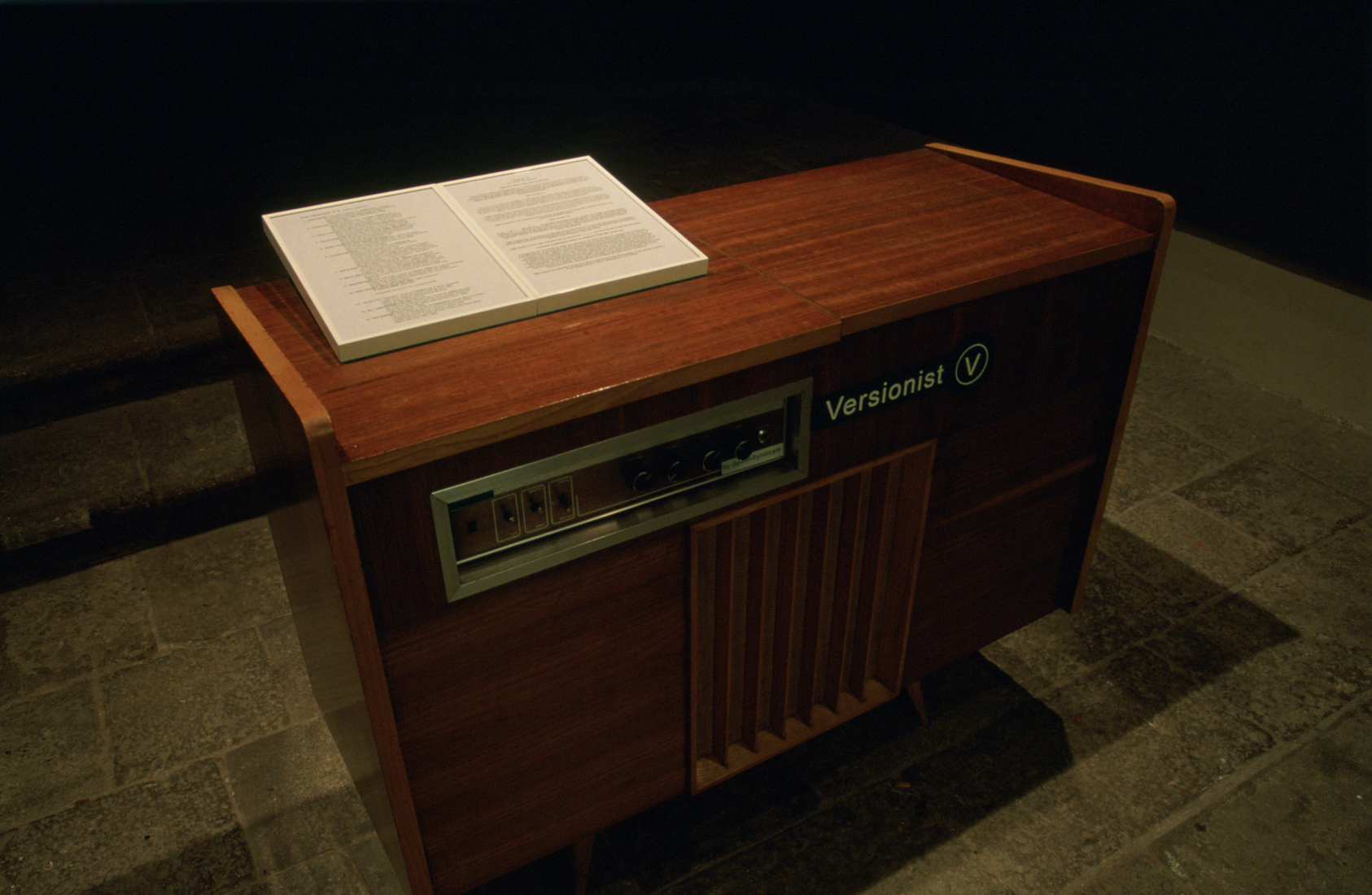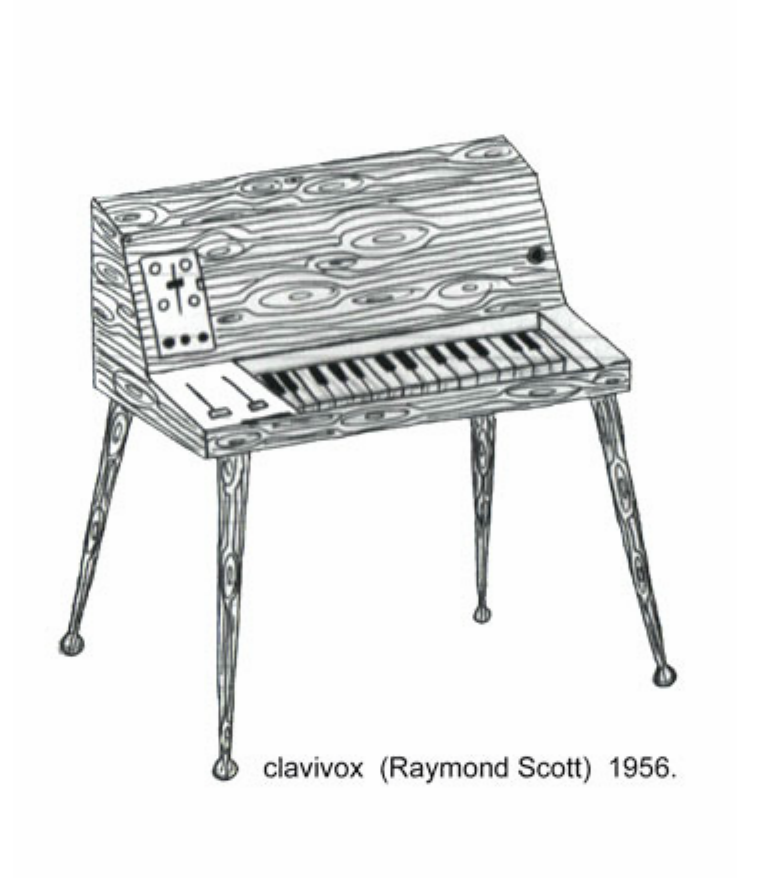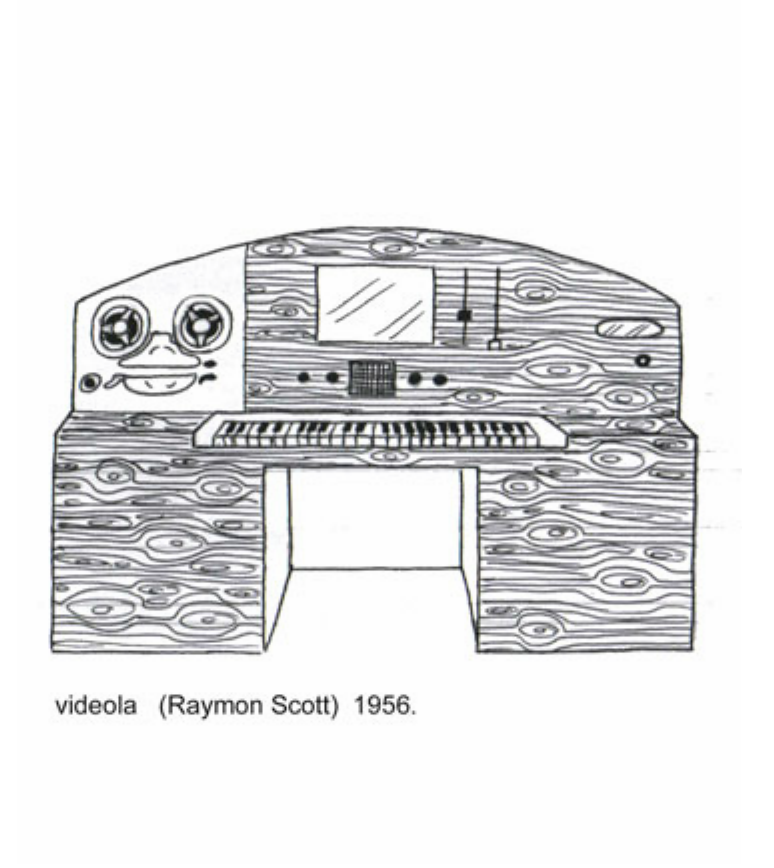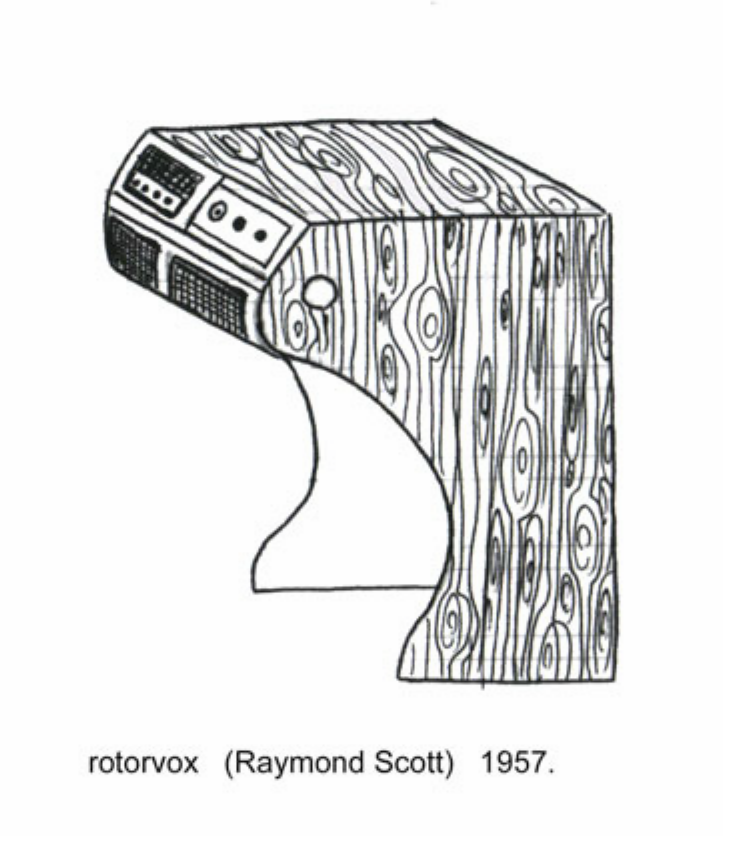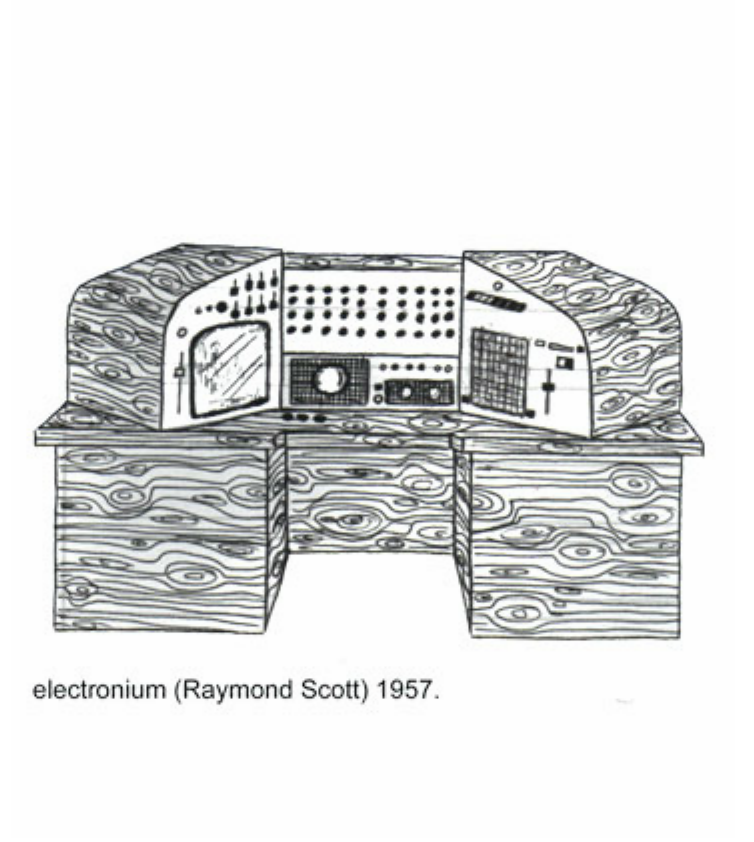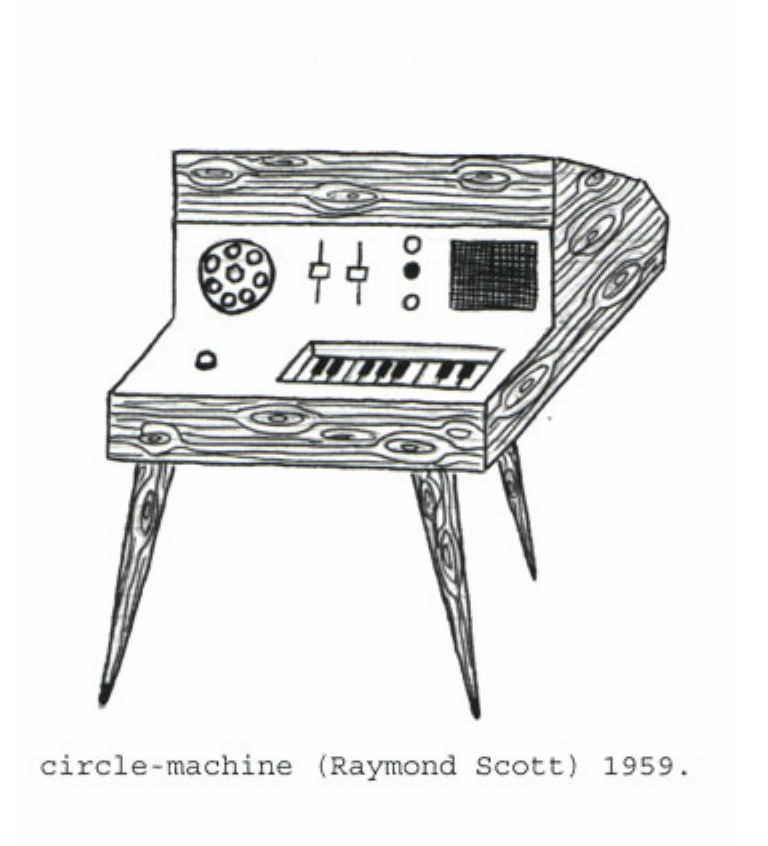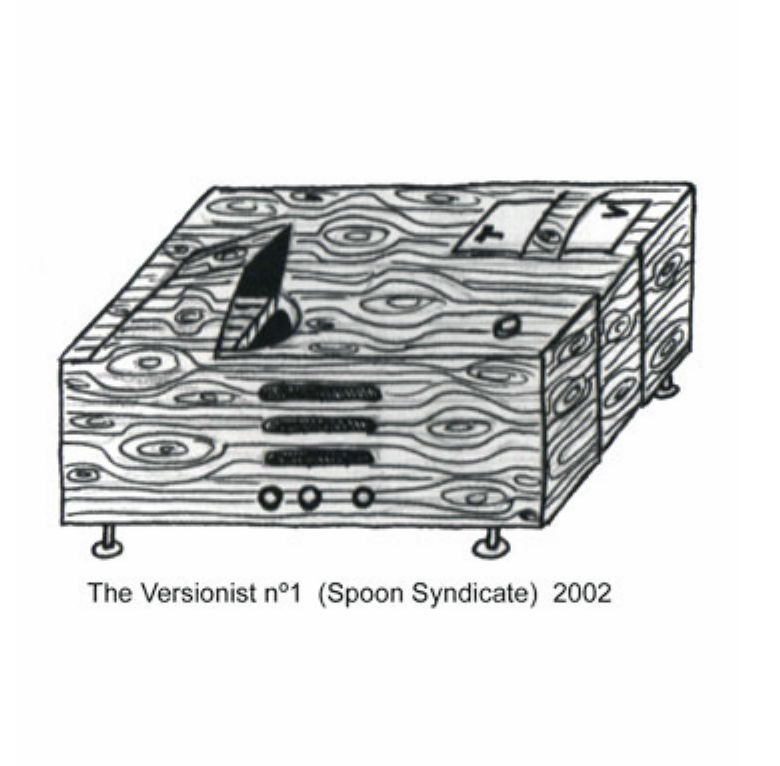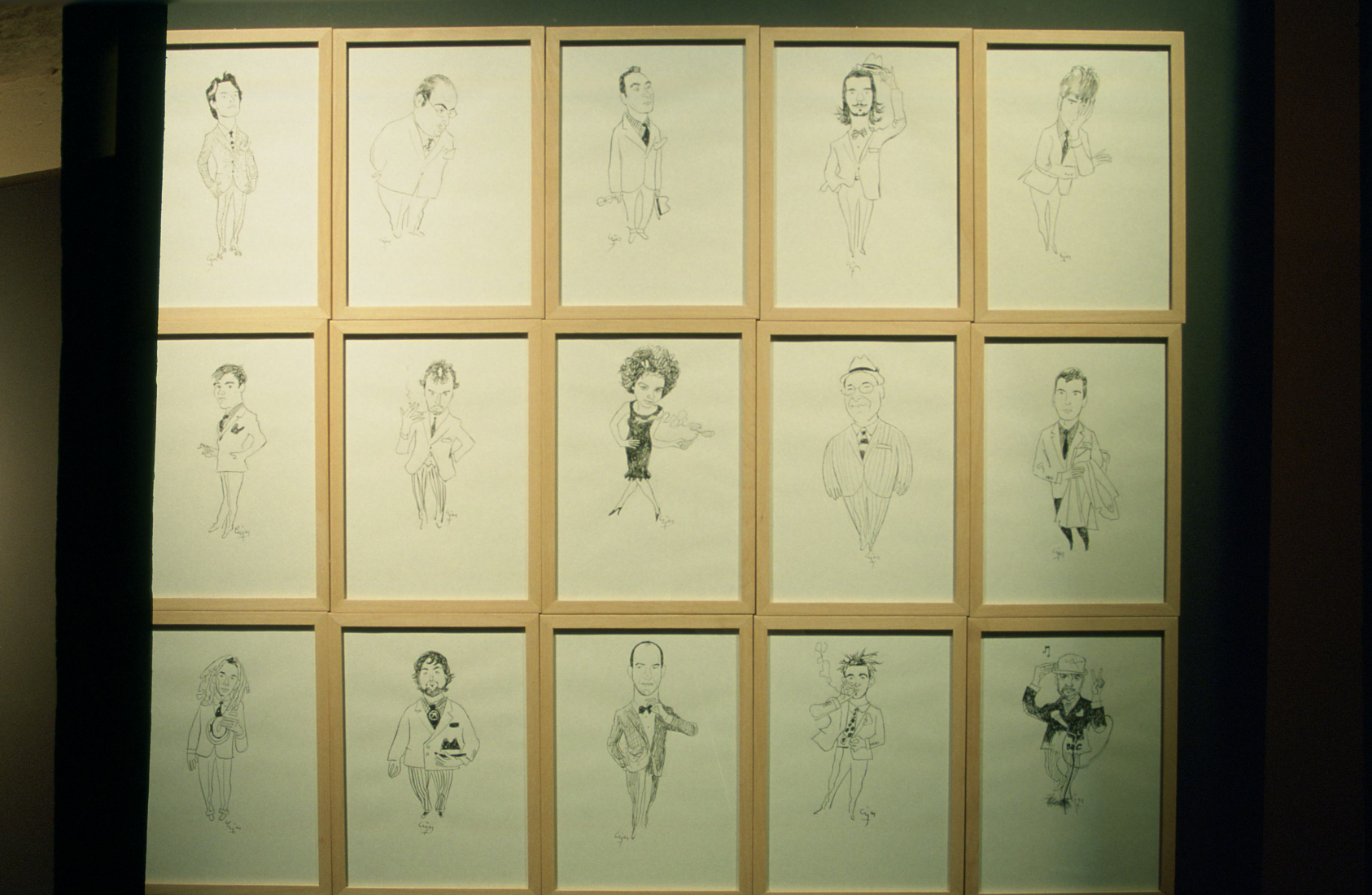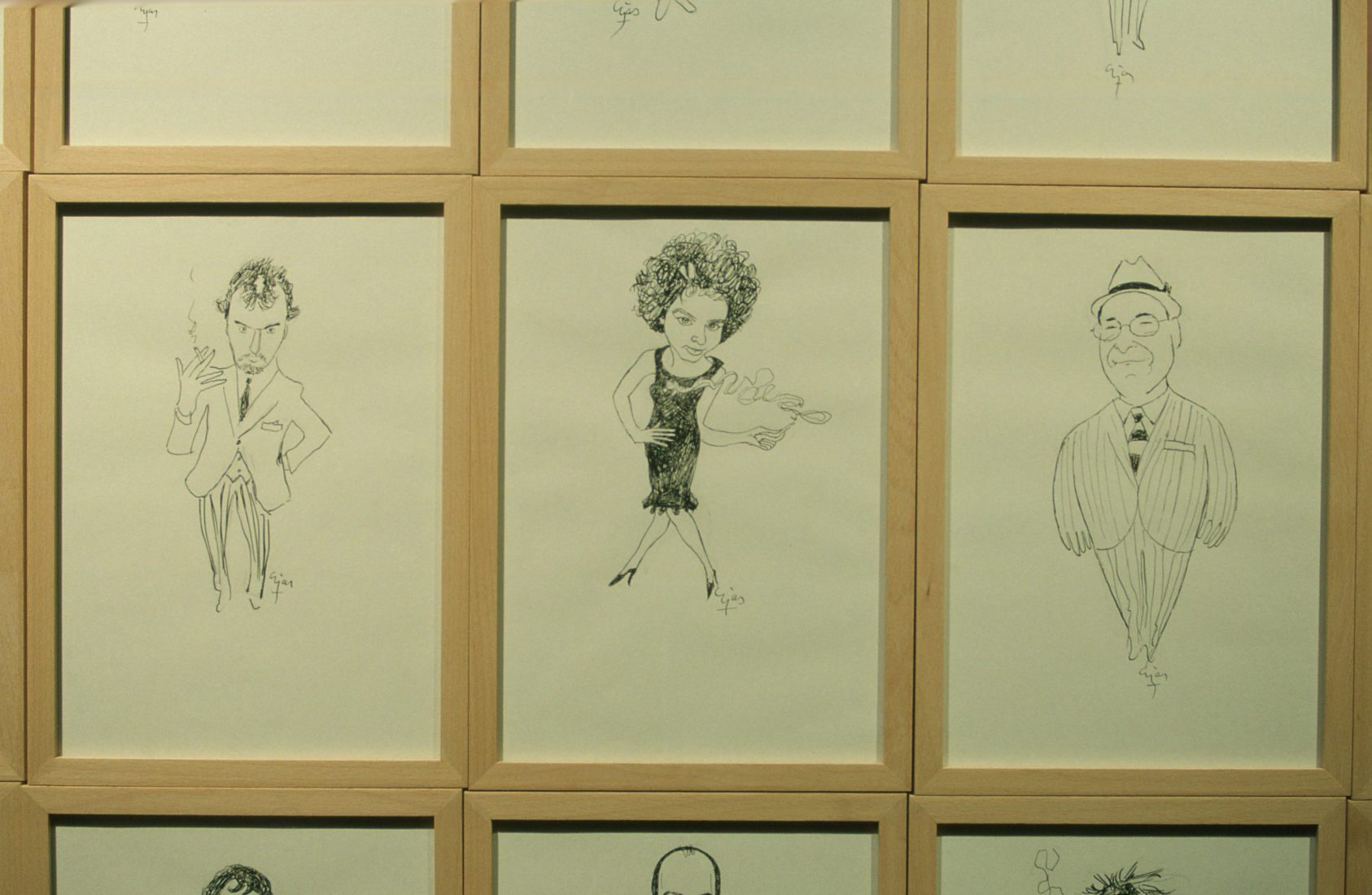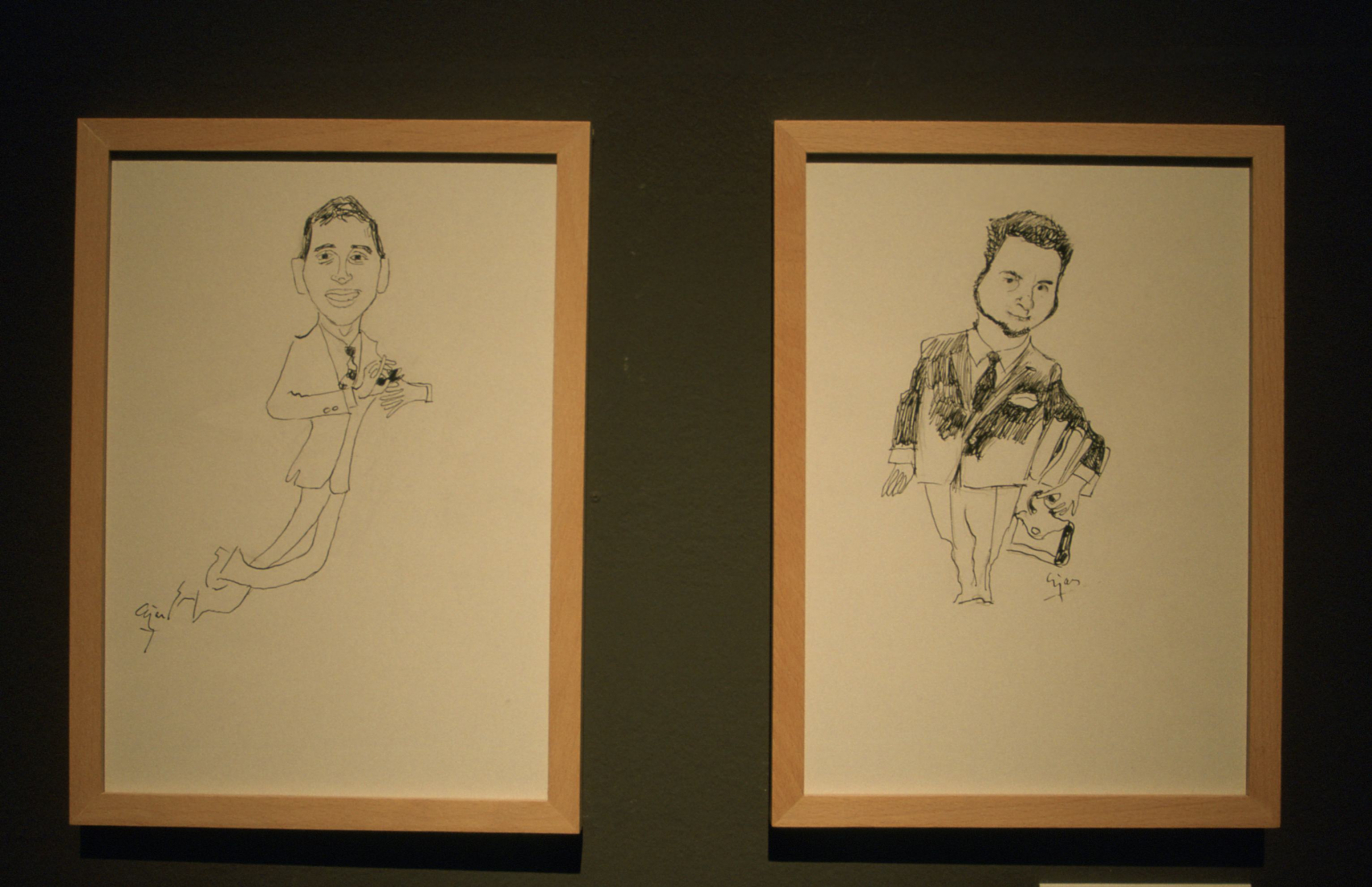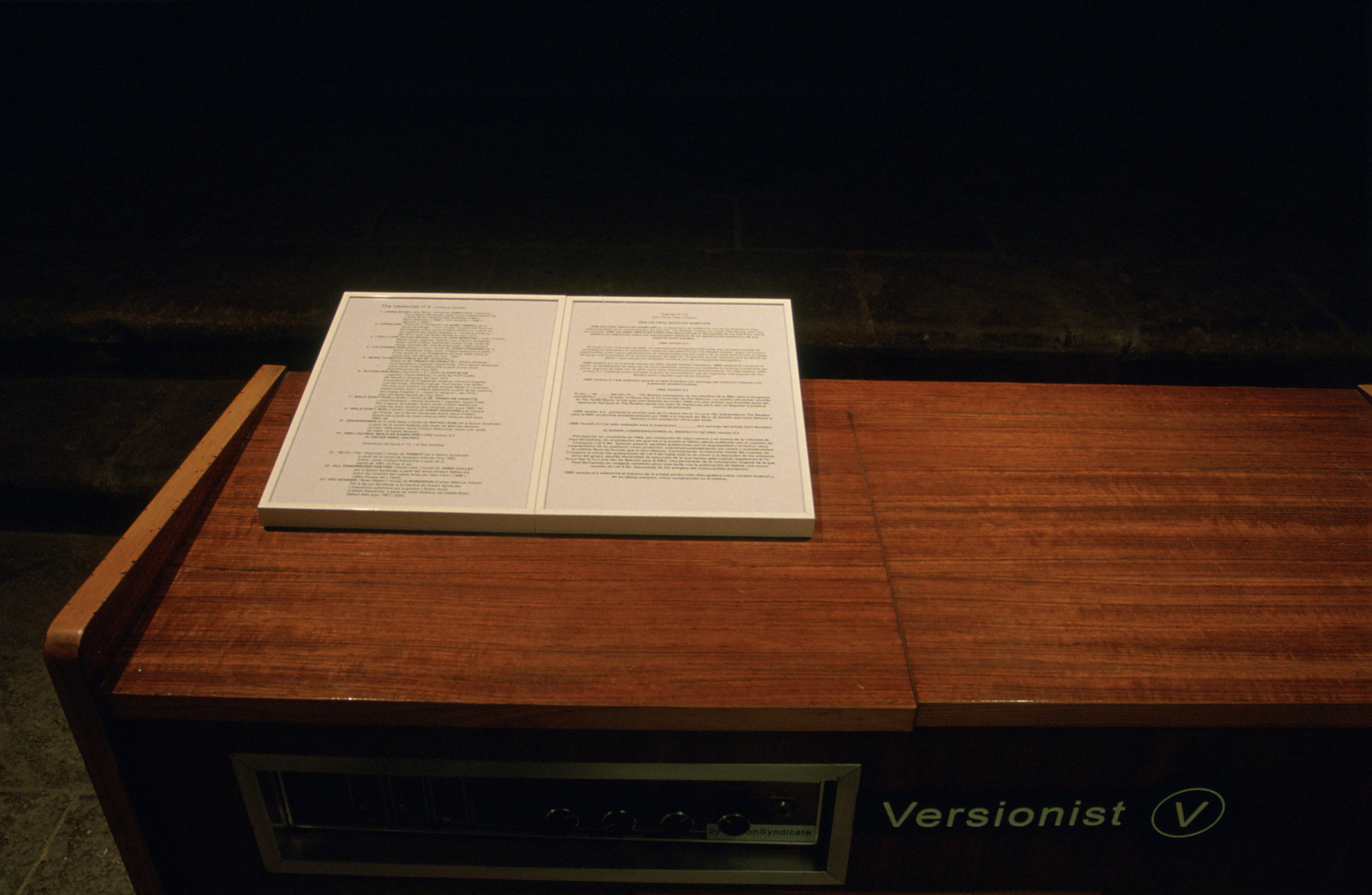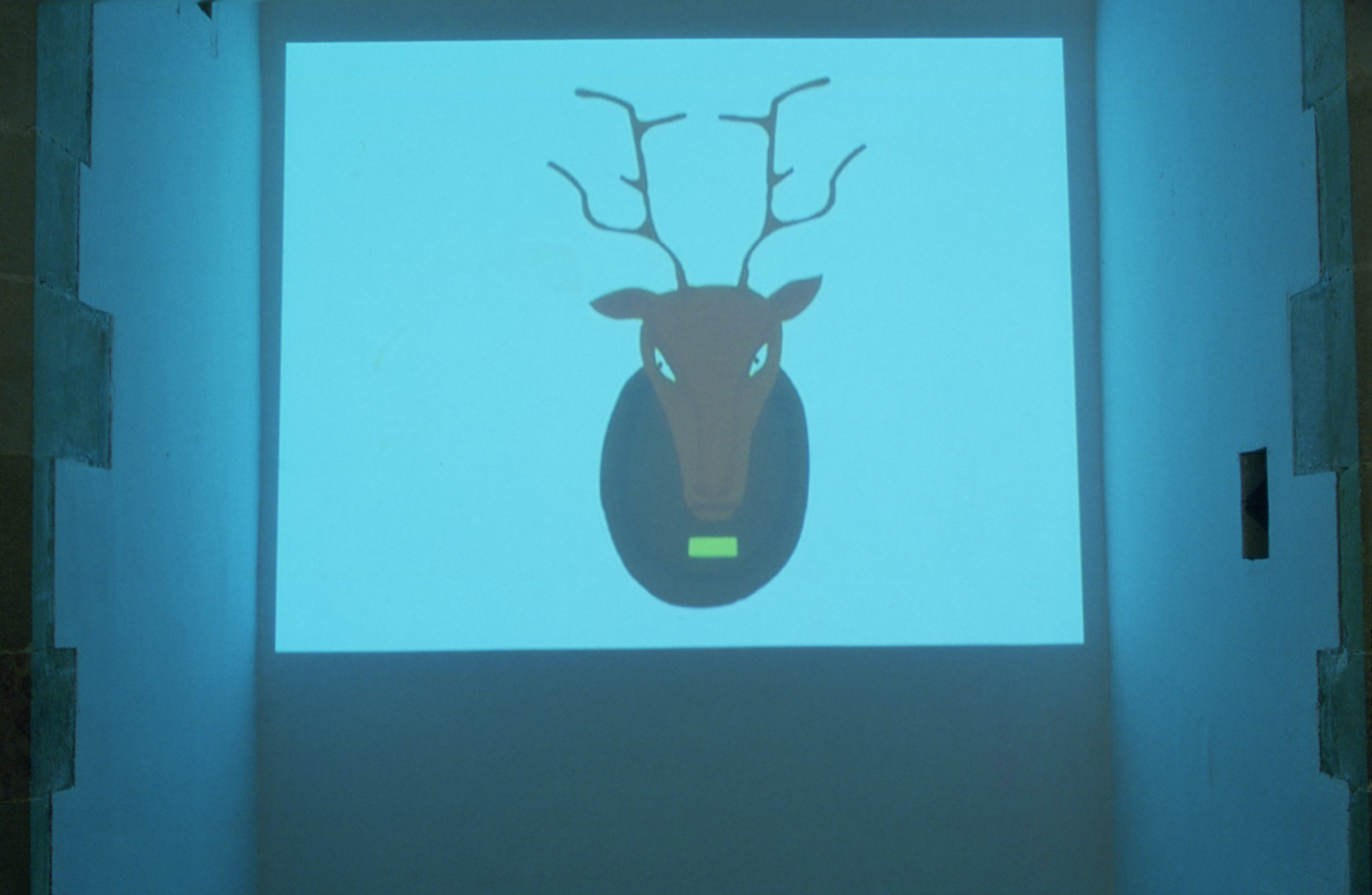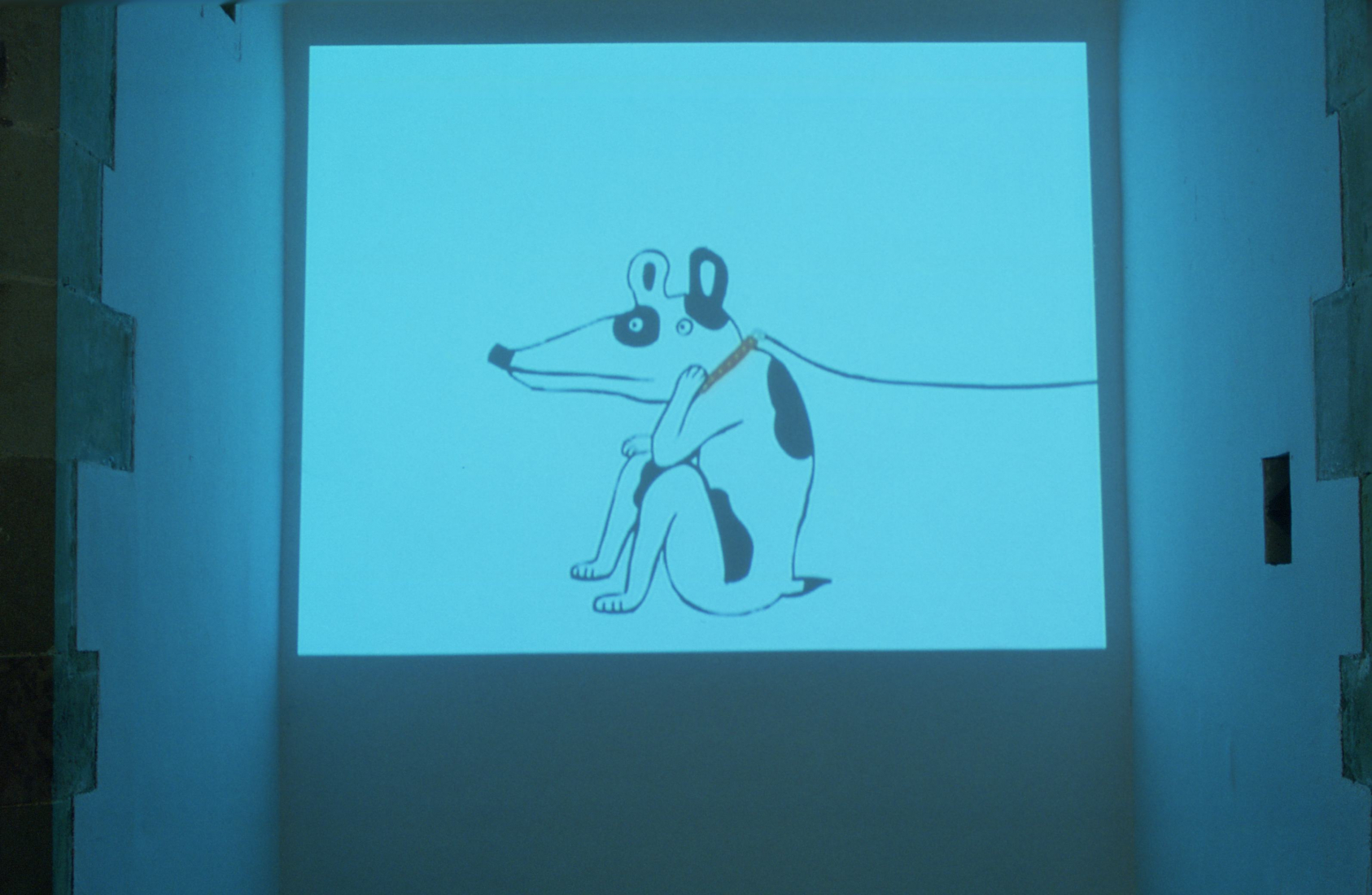The Versionist 2
Versionist nº 2 by Dani Montlleó for Spoon Syndicate
With: Oscar Abril Ascaso, Dani Blue, Jordi Civit, Jordi Collet, Josep Goddard, Porexphan, Rafael Ruiz, Quim Tarrida, Turbot, El Trineo de Ornette and Viva Maestro.
(camouflaged music)
[ Versionist: a device to make versions of versions; a version Jukebox ]
Furniture music and muzak
I launched the Versionist project in 2002 with Versionist Nº 1. The Versionist is a device, a false device, a scenography that emits sounds.
El Versionist nº 1
contains thirty-five pop-music tracks which are versions of versions. Spoon Syndicate asked Albert Safont-Tria to create a new version of each of them in the most direct way possible, by distorting and applying sounds directly over the tracks. Versionist Nº 1 is a device for making versions which listener-spectators may listen to as best suits their taste.
El Versionist nº 2
es básicamente igual que el primero pero con un par de diferencias importantes.
The first: is basically the same as the first, but with a couple of significant differences. The first: Versionist Nº 2 adopts (creates versions of) the forms of one of Raymond Scott’s electronic devices. Raymond Scott (New York, 1908 – California, 1994). Musician, composer and sound engineer, a pioneer in research into and the creation of electronic instruments, as well as in the composition of music for this type of instruments. He began in the world of jazz in the thirties with big band music, setting out to achieve as syncopated a sound as possible with a complete absence of swing. His research began in the fifties, with the creation of new devices to produce new sounds, collaborating with a number of companies, including Warner Bros (the music for the Chuck Jones’ cartoons), Motown Records and, in subsequent years, with the first Jim Henson. He was also set to make Theremins, with Robert Moog’s father. Amongst others, he manufactured prototypes of electronic machines and devices such as the Circle Machine, the Electronium, the Rotorbox, the Videola and the Clavivox.
The second: this time, Spoon Syndicate has entrusted creating the versions of the tracks to different musicians. Pieces for Versionist.
Spoon Syndicate: roduction company. Slogan: The Hat Makes the Man - To Know the Known.
Firm (company) of the type of: SAMO (Same Old Shit), J. M. Basquiat’s company-brand-religion.
Vision and analysis of the world, Japanese-style. Indirectly sampled through complementary elements. A more hygienic, less compromising analysis. Interest in the adaptation (standardization) of an idea, a discourse, something plastic, to a reality or specific need. Examples:
The poster in the style of Jacque Lagrange, ranging from Raoul Dufy, Henri Michaux and Georges Mathieu, and the decorations and mock ups (adaptation of the real standardization of modern architecture, especially that of Mies van der Rohe) by Eugène Roman for the Jacques Tati film Playtime.
Saul Steinberg’s credits (which adapt illustrations by Paul Klee) for Hitchcock’s film The trouble with Harry.
Brian Wilson’s use of John Cage’s concept of silence as sound for a pop group of the standing of the Beach Boys; the huge influence Dream Syndicate exercised over Who guitarist Pete Townsend and the attempt to integrate concepts such as muzak and exotic music (subsequently over-exploited, it must be said) by Jerry Dammers in the early eighties, on the Two-Tone recording label project. The version is a hidden song, camouflaged and standardized
Dani Montlleó, 2004
Sala Petita's Illustrations: Manuel Cuyàs
Technical assistance: Agustí Prats
The exhibition is dedicated to Siniestro Total, Pascal Comelade and Jerry Dammers (great versionsits)
Sponsor: el periódico
Collaborators: ràdio4 | schilling cafè



